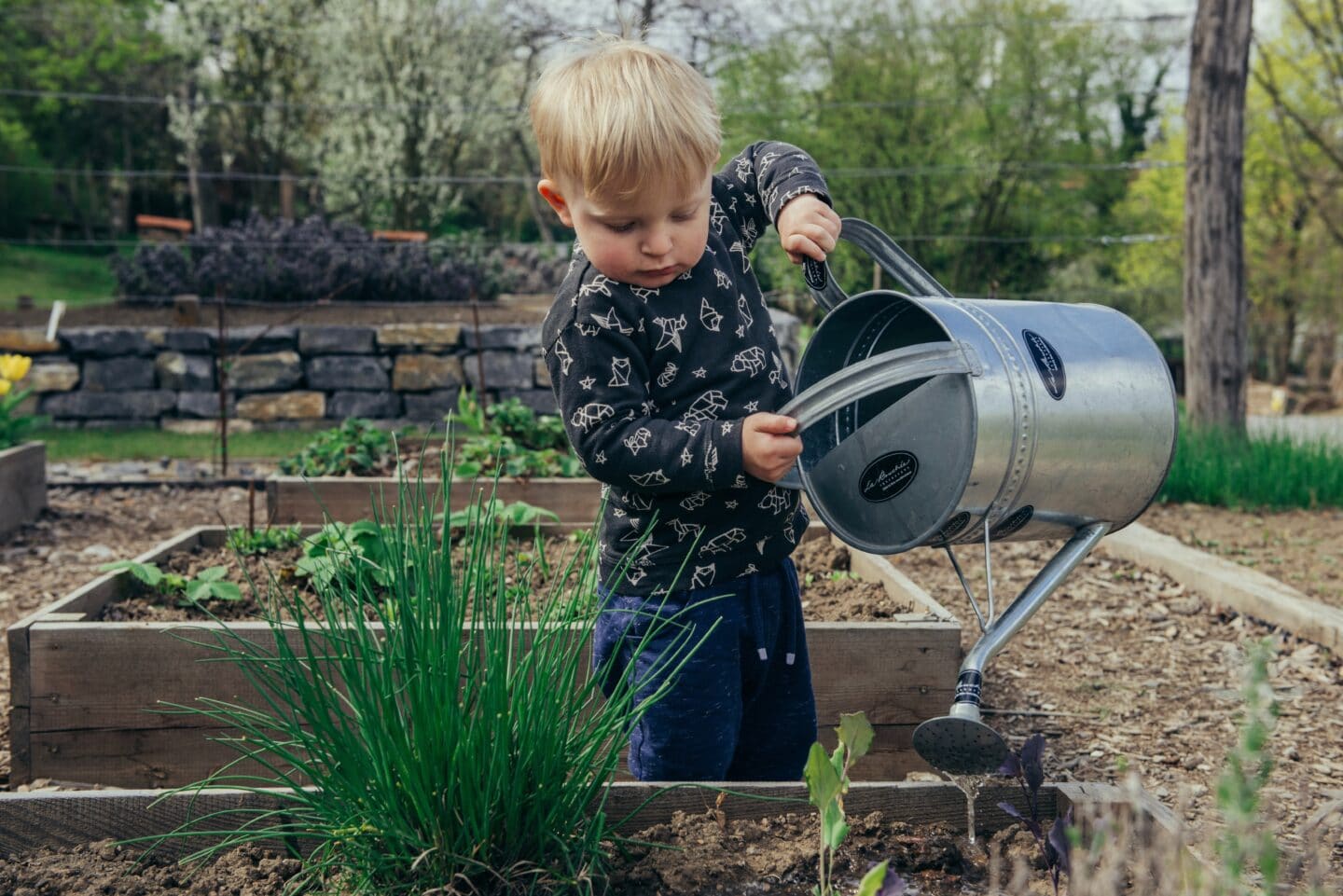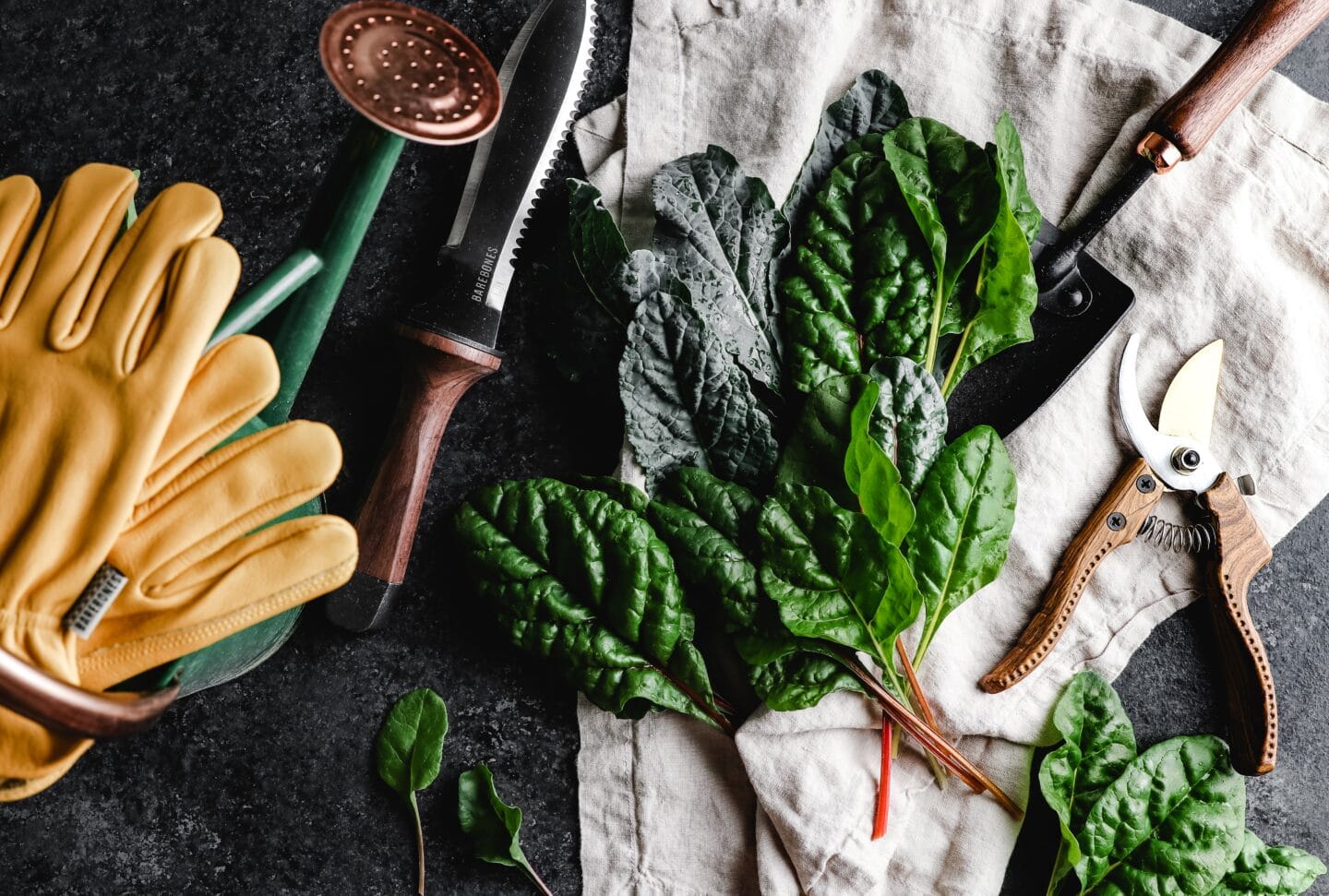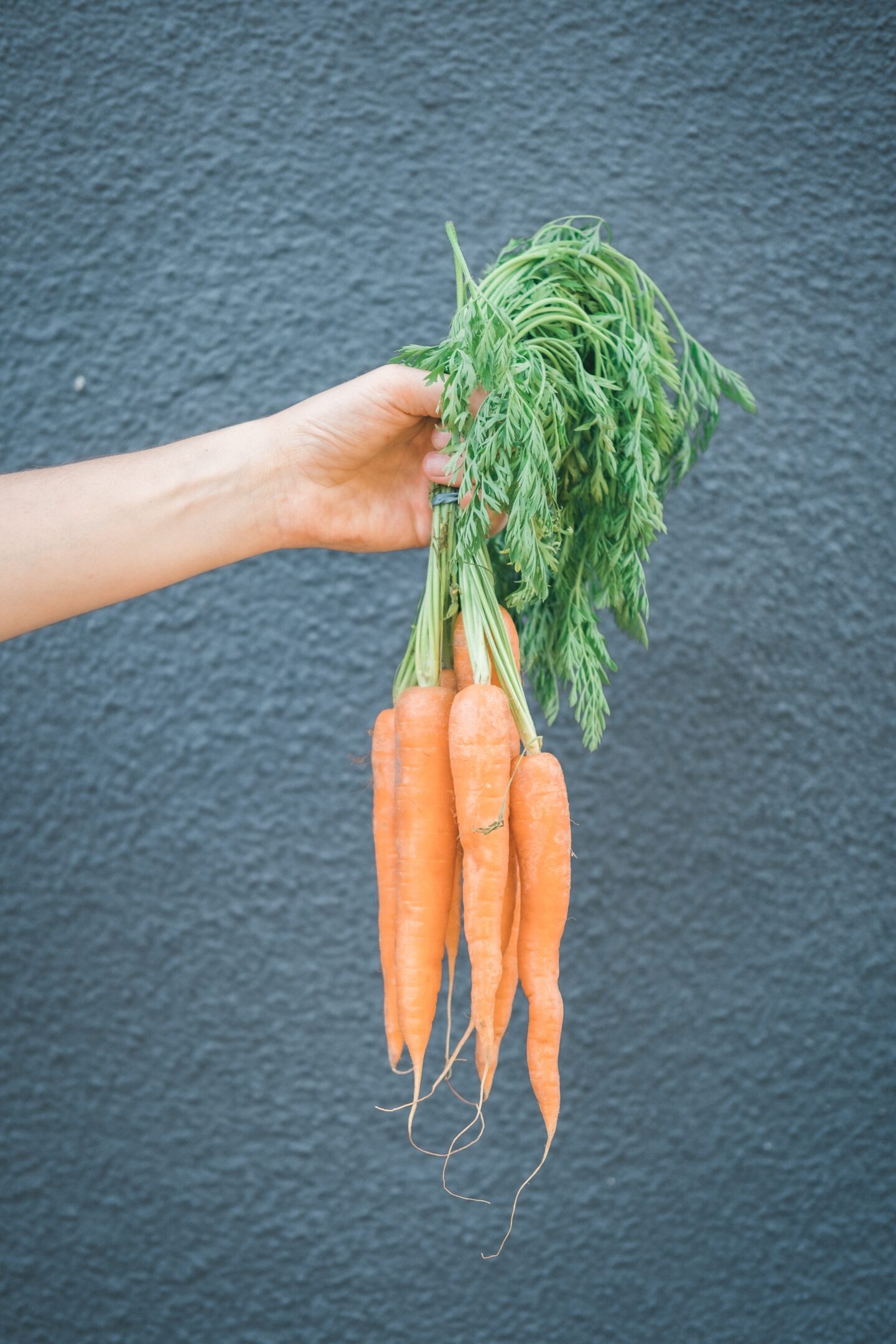
Over the years, with the cost of living increasing as well as the desire to live more healthily and eco-friendly, many people have been turning their attention to growing their own food, whether in their back gardens or on windowsills and balconies. Turning your own garden into your own allotment area is surprisingly straightforward and simply requires a bit of time and effort to get it right. This guide will help you to figure out exactly what you need to do to turn your garden into the perfect spot to grow some fresh fruit and vegetables and ultimately start saving a bit of money and enjoying some healthier living.

Choosing The Right Space
Obviously, many people don’t have the luxury of having a huge garden area, so you may have to make do with what space you have. However, if possible, you should look at finding the best space in your garden where your crops can receive the best amount of sunlight possible. However, it’s important to remember that certain fruits and vegetables, such as tomatoes, peppers, cucumbers, and strawberries, require about 8 hours of sun per day. This means that they need the sunniest space in your garden. Others, like root vegetables such as beetroot, carrots and potatoes, only need around 6 hours of sunlight, and leafy greens like lettuce, spinach, cabbage and broccoli only need about 4 hours and thrive in partial shade. This means that there are plenty of things you can grow in a shady garden compared to one that gets sunlight for a majority of the day.
Get Planning
The more things you choose to grow, the more things you’re going to have to keep track of, as most fruits and vegetables are going to require completely different care from each other. Each type of crop will have an optimal timeframe of when to be planted, how much water and food they need, and the ideal time to be harvested. Do your research to find out exactly what each plant requires for you to get the best results. It’s worth starting small and taking on three or four different plants so that you can get used to this process. To help you, write up a detailed plan, including where everything is planted and what level of care they need, and a timeframe for planting, growing, and harvesting so that you can be sure to do everything at the right time.
Get Your Tools Together

One of the most frustrating things that can happen when you decide to start gardening is not having access to the right tools. If you’re planting in the ground and not in pots and planters, then you’re going to want a spade and garden fork to break up the ground sufficiently. You’re always going to need a trowel and hand fork for more precise digging and planting in pots and raised beds. You’ll also need access to a hosepipe with a spray gun attachment, as this is much more practical than having to fill a watering can over and over again. Don’t forget to use a rose attachment so that you don’t risk damaging your plants with a direct, powerful stream of water. You may also want to look at quality sheds for sale, such as those from Shedstore, as an effective means of storing your tools, unused pots, and compost, protecting them from the elements.
Choose The Right Plants For You
Ultimately, growing food that you don’t enjoy would be pointless. But it’s also unwise to grow food that’s all going to be harvested around the same time, as you may find yourself inundated with crops that you just cannot eat. You’ll then give a large portion of this food away or even let some of it go to waste. Consider choosing crops that are cheap and easy to grow as well, so that you can save money by reducing your need to buy them from the shop. Beans, brussels sprouts, beetroot, courgettes, leeks, lettuce, tomatoes, and mixed salad leaves are all great choices for a beginner gardener.

Protect Your Plants
Once you’ve planted your seeds and begun nurturing them, the last thing you want to see is your hard work being destroyed by pests. To avoid this, you’ll want to invest in protection for your crops. When it comes to pest prevention, you should consider using raised beds where possible and fences and netting to keep common garden pests away from your plants. Of course, the type of pests that will visit your garden entirely depends on where you live, and an urban gardener will have to worry less about rabbits and deer and more about birds and mice eating seeds and seedlings. You’ll also want to consider using safe spray repellents to deter these pests too. As well as birds and mammals, you’ll also want to keep an eye out for harmful insects and parasites that may try to infest your crops, potentially killing them.





Leave a Reply